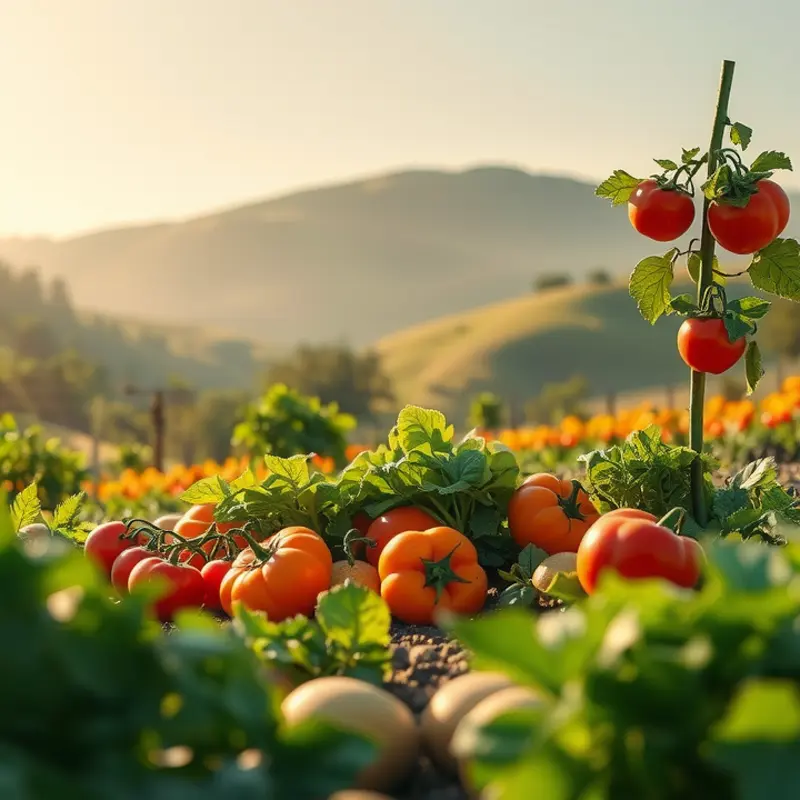Around the globe, food plays an integral part in religious observances, connecting communities and honoring traditions. From sweet biscuits at Christmas to the vibrant colors of Holi, culinary practices tell captivating stories of faith, culture, and history. Dishes associated with rituals and celebrations serve more than sustenance—they embody heritage, spirituality, and unity. Embark on a flavorful journey exploring sacred plates and their profound significances in different cultures.
Holidays and Heirlooms: Dishes of Christian Celebrations

Christian celebrations around the world are imbued with rich culinary traditions that serve as a testament to cultural heritage and religious devotion. During the Christmas season in Italy, the arrival of Panettone marks a special time of festivity and reflection. With its origins believed to trace back to Milan, this sweet bread is embedded with candied fruits and raisins, and is symbolic of sharing and abundance.
Every slice of Panettone tells a story of festive gatherings and familial togetherness. Its preparation is an art, involving a long leavening process that contributes to its characteristic airy and light texture. The preparation is often a communal activity, passed down through generations, emphasizing the importance of family in preserving this sacred tradition.
Beyond Italy, various regions have their distinctive dishes that coincide with religious celebrations. In Eastern Europe, the Christmas eve meal is traditionally meatless but abundant in symbolism and variety. Dishes such as kutia, a porridge made from wheat, honey, and poppy seeds, serve to remind adherents of the simple sustenance and humble beginnings of their faith.
Similarly, in the United Kingdom, the Christmas pudding holds a special place on the festive table. Often made weeks in advance, this rich, dense dessert is laden with dried fruits and spices, and some families even incorporate small token gifts within it, adding an element of surprise and delight. The practice of dousing it in brandy and setting it aflame before serving is not just a spectacle but also a ritual that symbolizes the light and warmth of community.
Central to these holiday preparations is the deep interweaving of faith and family traditions that allows recipes like these to transcend the boundaries of time. They are more than just food; they are conduits that connect past generations with the present, and they set the stage for culinary creativity as families adapt and reinvent these traditions over time.
For those looking to explore and incorporate these traditions into their own celebrations, minimizing waste during preparation can be a meaningful approach. You can learn more about strategies for reducing food waste during festive preparation here.
Thus, the world of Christian culinary traditions during holidays is one that celebrates togetherness, heritage, and the culinary arts. Each dish, laden with symbolism and familial love, provides a unique insight into the traditions that underpin these sacred celebrations, enriching both the palate and the spirit.
Cultural Reverence: The Flavors of Hindu and Muslim Festivals

In the vibrant tapestry of Hindu and Muslim festivals, food transcends the role of mere sustenance, becoming a sacred emblem of cultural reverence and faith. In the midst of the Tamil month of Thai, the lush landscapes of South India come alive with the celebration of Pongal. It is here that the eponymous dish, Pongal, binds community, family, and gratitude into every grain of rice. Crafted with freshly harvested rice, milk, and jaggery, Pongal is boiled until creamy and often flavored with cardamom and cashews. Every aromatic stir serves as a reminder of thanking sun and rain for the gift of abundance.
Pongal is not merely a dish; it is a ritual. Families gather, setting up fires outdoors, inviting neighbors to join in the communal cooking experience. It fosters a sense of unity and marks the new agricultural cycle with shared blessings and gratitude. The symbolism in preparing Pongal extends to its cooking method. Letting the rice boil over symbolizes overflowing prosperity, a heartfelt wish for abundance in the upcoming year.
Transitioning to the opposite side of religious celebrations, Muslims honor Eid al-Fitr with Biryani, a dish that mirrors the joy and hope accompanying the end of Ramadan. After a month of fasting, Biryani offers a celebratory closure, intricately woven with layers of spiced rice and a choice of meat, usually chicken or mutton. The complex medley of spices like saffron, cloves, and cardamom not only add flavor but also carry cultural narratives, each spice contributing its ancient trade story, much like those found in culinary influences through trade.
As families gather around to share Biryani, the dish powerfully encapsulates unity and familial bonds. Every layer of rice uncovers flavors bound to memories of family traditions and community festivity. Traditionally served with cooling yogurt-based raita and boiled eggs, Biryani is both a hearty meal and a social thread weaving through family stories shared at the dining table.
Eid festivities extend beyond the shared meals; they signify the spiritual rejuvenation that follows a month of fasting. Biryani becomes a vessel of joy and gratitude, carrying the resolve of hope, peace, and cherished familial relationships.
While the philosophies of these festivals differ, Pongal and Biryani share a common role: enriching the soul through communal experiences. They anchor communities in their cultural identities and religious practices, reaffirming the strong connection between faith and food. Each festival’s culinary tradition offers a profound reflection on gratitude, unity, and spiritual fulfillment—a universal narrative that transcends geographic and cultural boundaries, reminding us of the shared humanity in our celebrations.
Final words
Food ties directly to the essence of belief and community, acting as a vessel for culture and tradition. Through observances, meals are not just about nourishment but also about celebrating life’s milestones, binding families, and expressing gratitude. Each bite of traditional dishes like Panettone, Pongal, or Biryani brings stories to life, illustrating how food transcends merely being sustenance. As we savor these sacred plates, we not only honor our heritage but also the universal connections that unite us through faith, food, and festivity.








